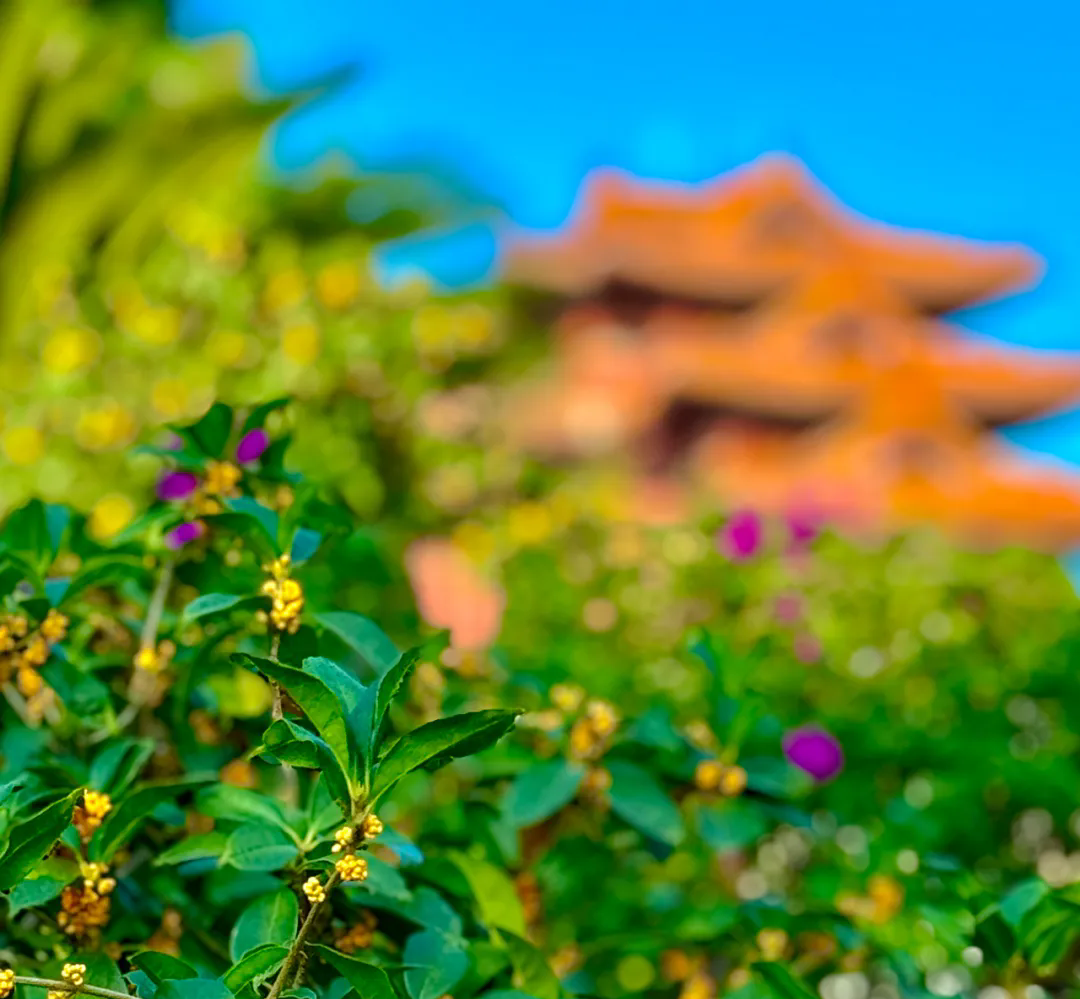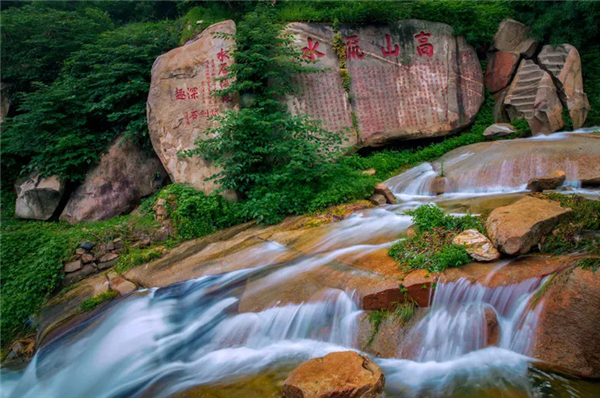Tai'an advances ecological conservation, high-quality development in Yellow River Basin
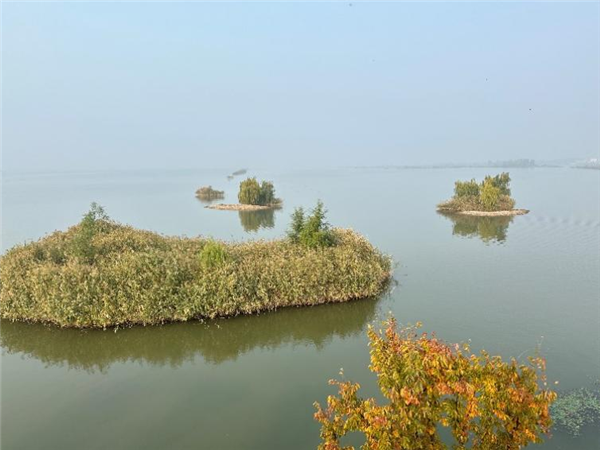
Photo taken on Oct 31 shows scenery of Dongping Lake in Tai'an, Shandong province. [Photo by Qin Hao/provided to chinadaily.com.cn]
Dongping Lake in East China's Shandong province welcomed its first flock of migratory black-headed gulls in late October. Thousands of these gulls now soar, forage, and rest on the lake, showing its increasingly improved environment.
The lake, located in Dongping county of Tai’an city, is an important flood storage and retention area in the lower reaches of China's second longest river, the Yellow River, and is of great significance in the national strategy for ecological protection and high-quality development in the Yellow River Basin.
In response to these roles, Tai’an government has implemented high-standard ecological measures around Dongping Lake, including curtailing pollution and restoring habitats.
Today, the lake has stability and good water quality that supports diverse ecosystems, including over 600 species of plants and nearly 800 species of wildlife.
The area's clean waters and lush shorelines, a result of ongoing conservation efforts, provide safe habitats for various bird species, such as the critically endangered Baer's pochard (Aythya baeri). In January this year, up to 1,600 Baer's pochards were observed wintering steadily in Dongping Lake.
The Yellow River, which spans a length of 5,464 kilometers, flows through 36.3 km of Tai’an. Since being approved in October 2023 to establish a pilot zone for ecological protection and high-quality development in the Yellow River Basin, Tai’an has been focusing on environmental protection and the development of its green industries.
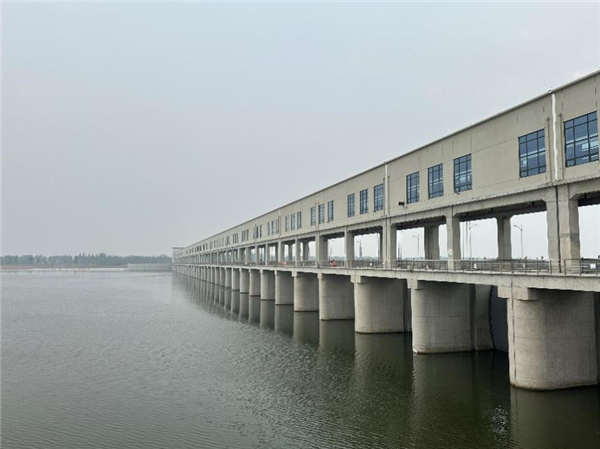
A 600-meter-long barrage across the Dawen River, a tributary of the Yellow River in Feicheng, Tai'an. [Photo by Qin Hao/provided to chinadaily.com.cn]
A recently completed 600-meter-long barrage in Wenyang township marks one of Shandong's largest water infrastructure projects, with a water storage capacity of up to 45 million cubic meters.
The project regulates water flow from the Dawen River, a tributary of the Yellow River, to refill nearby rivers and groundwater and alleviate local water scarcity. The barrage also bolsters flood control, showing the city's efforts to sustainable water use.
In addition to natural conservation, the city's booming industries are embracing greener processes. In Daiyue district, China United Cement Tai'an Co has embraced green development by upgrading its production process. The company's energy-saving and carbon-reduction project replaces coal with alternative fuels like fabric waste, tires, and biomass.
According to Lin Daotong, deputy chief process engineer of the company, the automated production line is expected to reduce fossil fuel use by 18,500 metric tons and cuts carbon dioxide emissions by 44,000 tons annually.
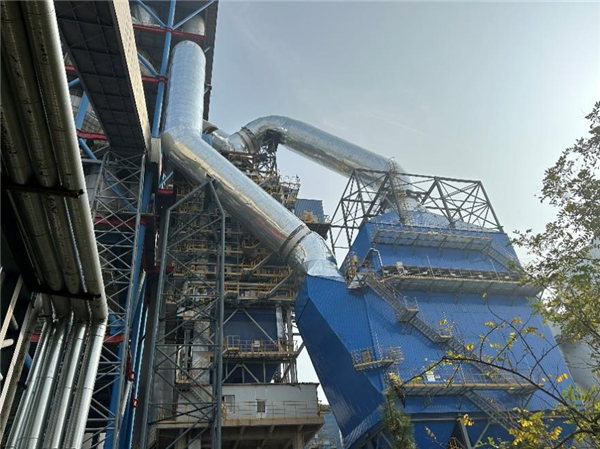
Energy-saving and carbon-reduction equipment from the project developed by China United Cement Tai'an Co in Daiyue district, Tai'an. [Photo by Qin Hao/provided to chinadaily.com.cn]
Moreover, the flexible waterproof curtain walls and polyester fiber rigid mesh for mining applications produced by Youyou New Materials Technology Co in Xintai, a county-level city in Tai’an, are in high demand, with orders totaling 700 million yuan ($98.71 million). These products are made from advanced composite fiber materials developed by the company, which provide strength, corrosion resistance, and reduced weight.
Tai'an is capitalizing on opportunities through the establishment of pilot zone focusing on green, low-carbon, high-quality development, alongside the national strategy for ecological protection and high-quality development in the Yellow River Basin.
The city is intensifying its efforts to promote green transformation across key sectors, including manufacturing, energy, construction, and transportation. It is also cultivating new quality productive forces and developing industries such as high-end equipment manufacturing, new materials, modern food, and advanced chemicals.
Official data shows that by the first half of the year, the city's energy consumption per unit of GDP fell by over 5 percent year-on-year. During the same period, the value-added growth rate of the "four new economies" – new technologies, new business models, new development modes, and new industries – reached 7.4 percent, surpassing the provincial average by 0.5 percentage points. (Edited by Liu Chuan)



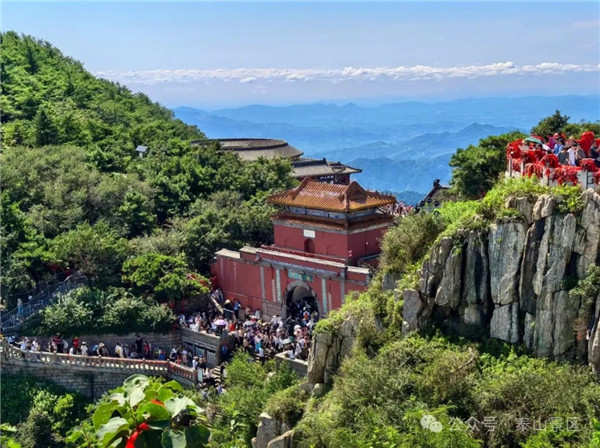 China-US youth take on the peak of Mount Tai
China-US youth take on the peak of Mount Tai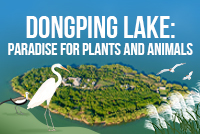 Dongping Lake: Paradise for plants, animals
Dongping Lake: Paradise for plants, animals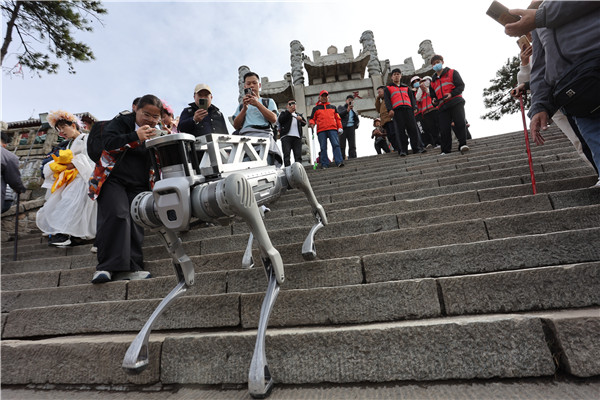 Robot dog becomes highlight of Mount Tai
Robot dog becomes highlight of Mount Tai